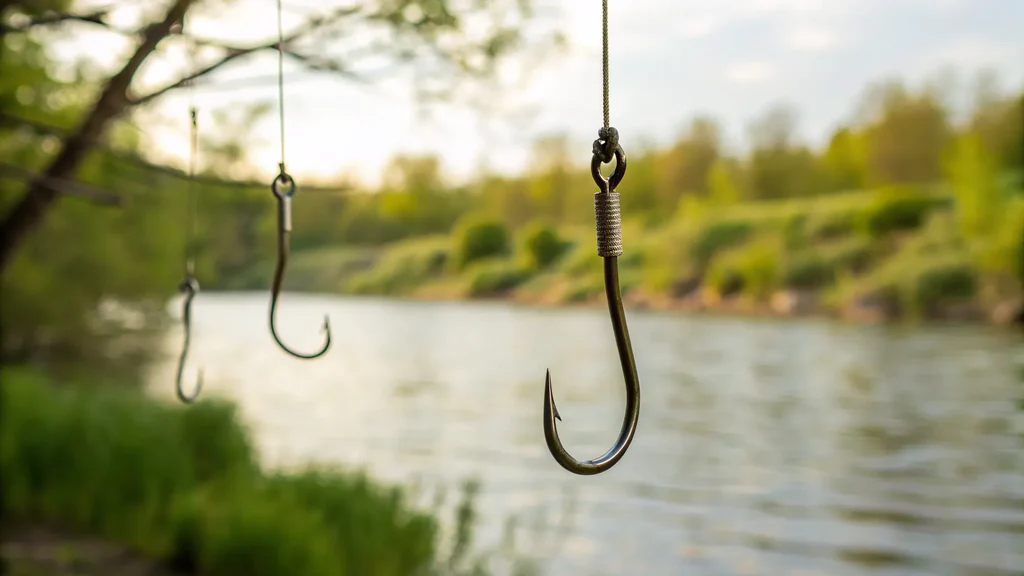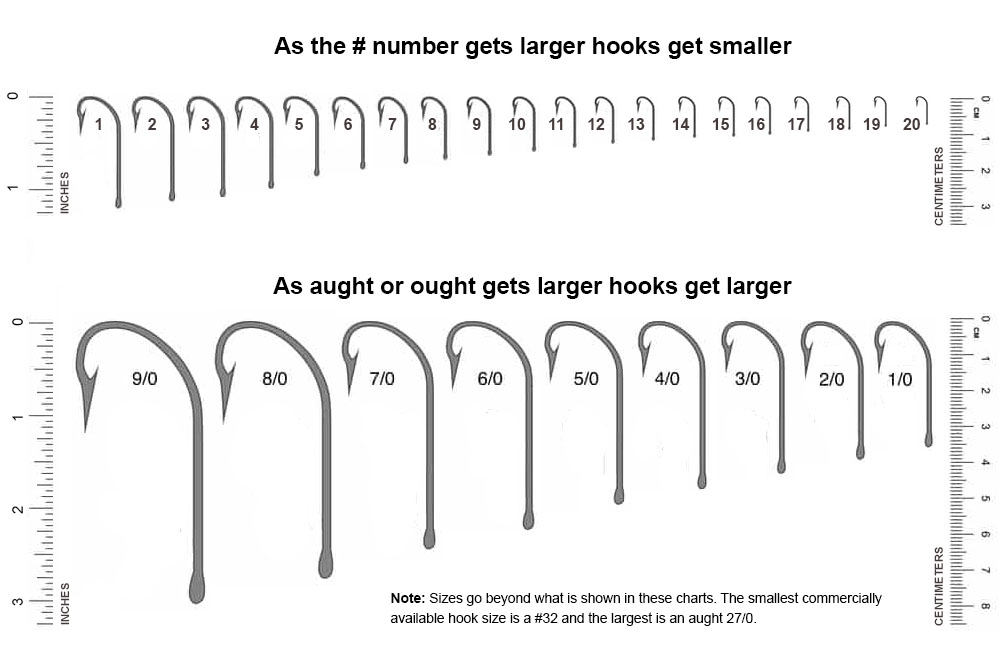Choosing the right hook size is one of the most overlooked yet critical aspects of fishing. A properly sized hook improves hookup rates, reduces fish injuries, and ensures your bait presentation looks natural. In 2025, with so many options available, understanding hook sizes and their applications is essential for anglers targeting both freshwater and saltwater species.

Understanding Hook Sizes Hook sizes may seem confusing at first. Smaller hooks are represented by larger numbers (e.g., size 10 is smaller than size 2). Once the scale reaches size 1, it moves into aught sizes, written as 1/0, 2/0, 3/0, and so on, where higher numbers mean larger hooks. For example, a 6/0 hook is larger than a 2/0. Knowing this scale helps anglers quickly identify the right size for their target species.
Matching Hook Size to Fish Species – Panfish and Trout: Tiny hooks (sizes 10–14) are perfect for small mouths and delicate baits. – Bass: Medium hooks (sizes 1–3/0) pair well with worms, soft plastics, and live bait. – Catfish: Larger hooks (4/0–8/0) handle bulky baits like cut bait or chicken liver. – Saltwater species like Snapper and Grouper: Heavy-duty hooks in the 5/0–9/0 range are ideal. – Big Game Fish (Marlin, Tuna): Oversized hooks (10/0–16/0) provide the strength needed to handle trophy fish.

Hook Types to Consider Choosing hook size goes hand in hand with hook style. Circle hooks are excellent for catch-and-release fishing, while J-hooks are better for aggressive hooksets. Treble hooks are often used with artificial lures but may require smaller sizes for balance. Pairing these with the right spinning reels or conventional reels ensures maximum efficiency.
Other Factors to Keep in Mind – Bait size: The hook should fit naturally within the bait without overwhelming it. – Target species: Larger, stronger fish require heavier-gauge hooks. – Fishing environment: In saltwater, corrosion-resistant hooks last longer.
Practical Tip: Always carry a variety of hook sizes in your tackle combo kits. This ensures you can adapt quickly if conditions or fish behavior change.

For expert recommendations, check out resources at Fish & Boat. By learning how to select the right hook size for different fish species, you’ll increase your catch rate and reduce the chances of losing fish due to poor hookups.
